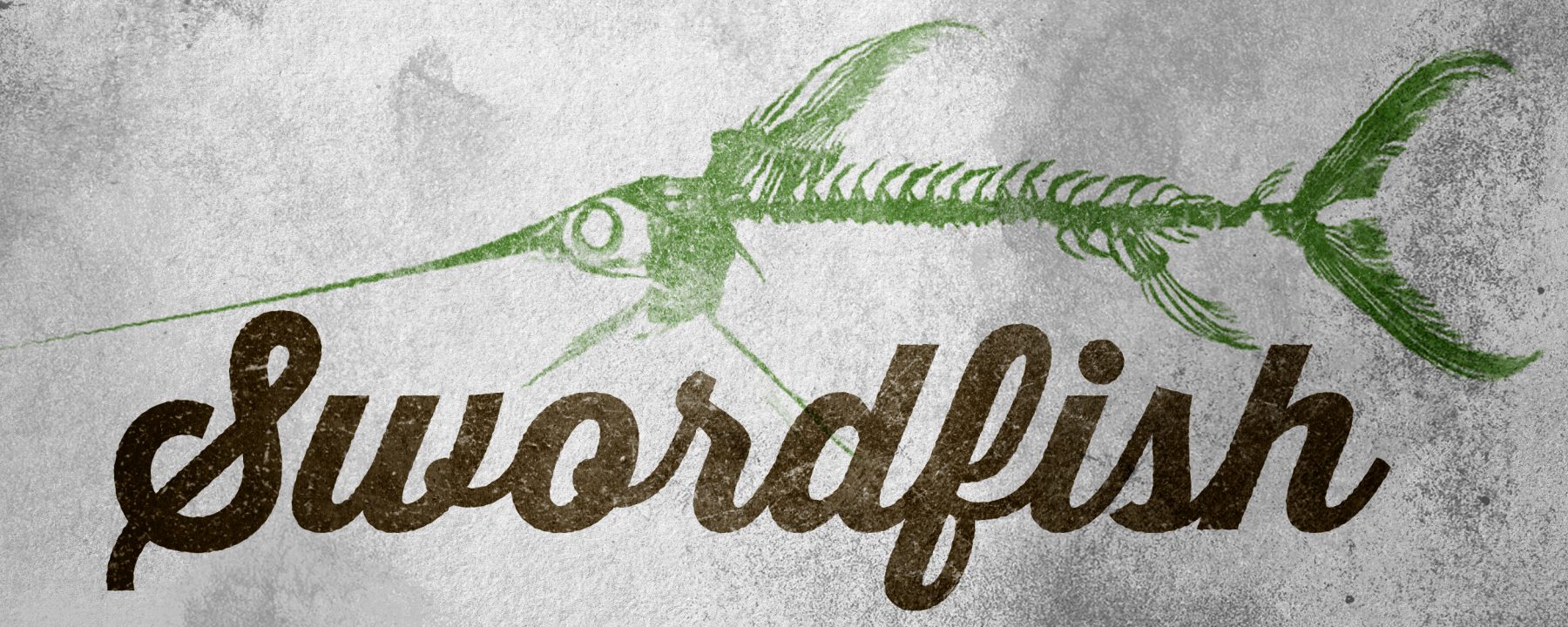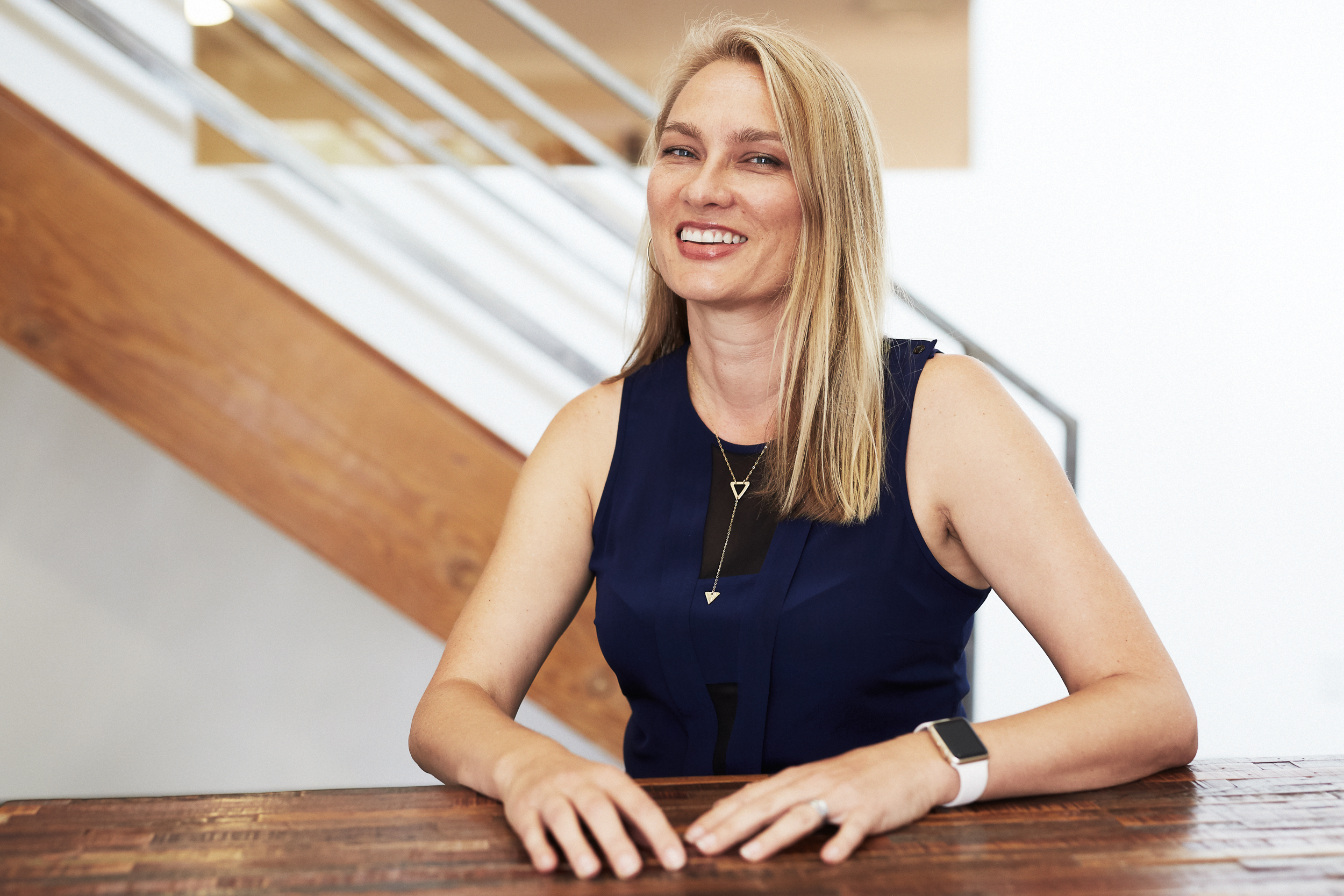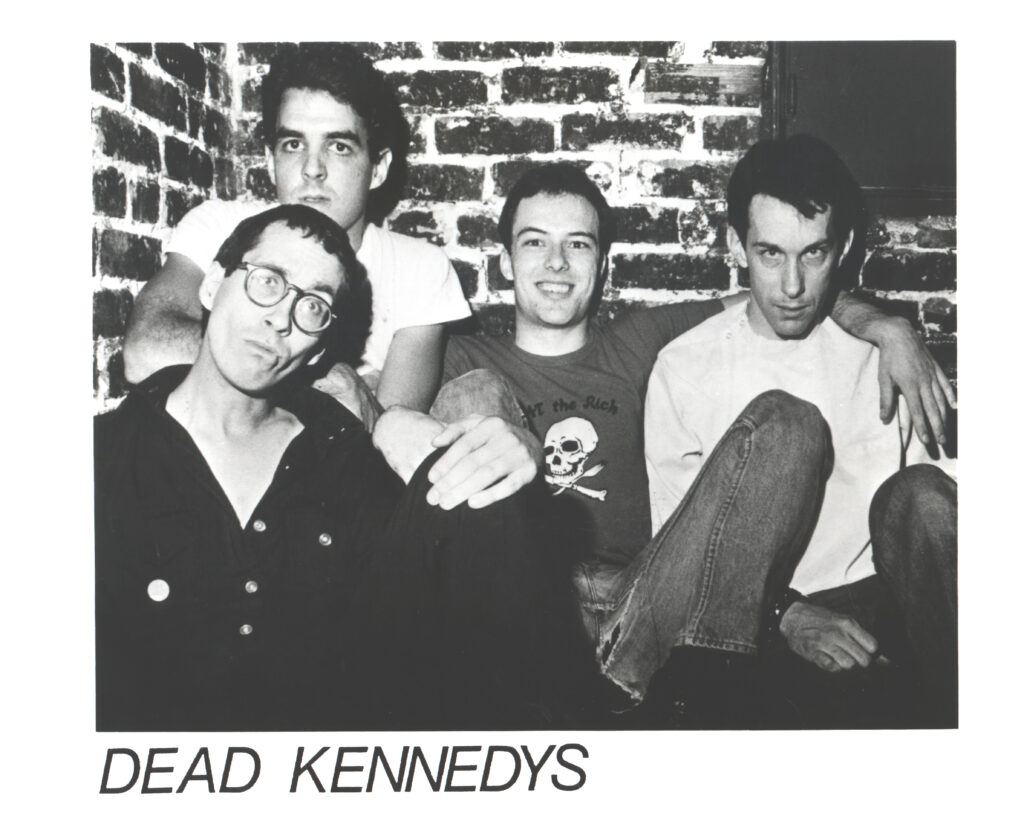A shuffle of fragile guitars, understated percussion and somber pianos descend into a honey-voiced refrain of “You can’t break a heart into two halves/ and expect it to go on like before.”
A disembodied woman is photographed scratching at a beautifully imperfect thigh, pubic hair exposed above the lip of gray cotton underwear, while a man is captured in another panel collapsed in his 9-to-5 cubicle-cage, necktie hanging limp from his Adam’s apple like a spent noose.
A quiet daughter of a doctor and an educator strives to work within the lines of her coloring books but reads the call for order as an artistic aesthetic, controlling tone as she works crayon-wax onto the page in tight circles.
Each facet seems an integral part of describing Carrie Yury, the California-based photographer and musician whose fascinating career, though still young, has unfolded on several stages. She’s the definition of an interdisciplinary artist, a woman whose creative impulses seem matched only by the zeal and focus with which she pursues them.
But she remains nothing if not modest and self-effacing, playing down her accomplishments and the roads leading toward them, a trait that only should invite more passersby to watch her star climb steadily skyward.
Born in southern California in 1970, Yury’s childhood was framed within suburban templates: early years in Fullerton and later Laguna Beach, multiple marital configurations, the serious-minded, book-loving child among siblings better versed in athletics.
But, despite early forays into dance and flute, there was no “Let there be light” moment, no turning point where aspirations dove-tailed with the realization Yury could make a living as an artist.
“You just kind of know, you just kind of are involved with the arts,” she recalled. “I found my place within the family as the artist-slash-academic. It wasn’t a place that was lauded.”
But it was a place she continued to carve for herself, pursuing a double major in English and art at UC-Santa Cruz and finding her muse in photography while working with Laura Letinsky while a masters student at the University of Chicago.
“I had been interested in photography since getting my first 35mm camera on my 13th birthday, but had never consciously made art with my camera,” Yury said recently. “Once I started working with Laura, I realized I could use photography to simultaneously explore my intellectual and aesthetic interests. At that point I think I realized that I needed to be an artist, not an academic. But it took several years for me to really come to terms with that and change the course of my life.”
Even Yury’s early steps were sure-footed in several directions. She painted, took print-making courses and started shooting socially charged — and often impeccably composed — images of women.
In an early series, her models strutted around in men’s clothing, an act of cross-dressing and role-playing filled with commentary on the constructed nature of gender.
Later, she’d tackle representations of sexually transmitted diseases and stick a fork in the allure of cosmetic surgery by having women cloak what they saw as their flawed features with garish wigs and Play-Doh.
And then there was Dolce Volante, the Chicago-bred quartet Yury helped lead after teaching herself to play a 1967 Gibson SG bass.
“Carrie supplied a really beautiful and inspiring energy and vision, regularly coming in with melodies and almost fully built songs that were amazing compositions: simple, soothing, disturbing, and rocking all at once,” wrote Zarena Aslami, a band-mate – and later photo-subject – who met Yury at the University of Chicago. “Adding my guitar part or suggestions about composition would draw out her serious – yet sly and funny – consideration, so collaborating with her was also a hilarious exercise in rock posturing yet sincere artistry. Needless to say, I learned a lot.”
The group – which included Yury, Aslami, Mary Lass Stewart and Richard Schuler – debuted at the Empty Bottle, made the Chicago rounds and cut a full-length record around the time the century turned.
“It was like getting together with your best friends all the time,” Yury remembered.
Then, there was Mutter, the achingly fragile six-song EP whose 2005 release was tied to both a photography series and an L.A. Design Center exhibit, the first hints that the recording was anything but your standard solo debut.
While Will and Paul Oldham, Colin Gagon and Richard Schuler helped flesh out Yury’s heart-wrenching fare on Mutter, their performances, however engaging, were only part of the package.
“The work is really comprised of two distinct, yet related projects: a body of photographs, and a body of music,” Yury told me earlier this year. “The photographs are gorgeous, glossy, specimen-like images of liminal spaces and of diseased or malformed human specimens from the Mutter Museum in Philadelphia. The music is a song-cycle of poems set to music. The songs are sad-sentimental ballads or dark pop songs that attempt to invoke in the listener a sense of the loss that pervades the museum.”
Schuler, Yury’s husband since 2000, felt Mutter grew up out of Yury’s experience with Dolce Volante but also encouraged her to develop artistic aesthetics on two plains simultaneously.
“There was a convergence of Carrie taking steps with music towards a project that was already underway visually, as if the photos needed something to go with them,” Schuler said. “So as an artist she felt compelled to create as full an experience as possible.”
But the ability to explore themes in different forms or genres seems central to Yury’s young career, which shows no signs of slowing down after her recent MFA thesis exhibit at UC-Irvine.
“When Carrie started on her MFA at Irvine in 2003, she started doing a visual project with photos and a little digital recorder which she would use to document paranoid thoughts for ‘The Stalker’ series — which became ‘Untitled, 2004’ — she was developing, so there was a combination of narration and photography that were composed digitally in a sound/photo montage,” Schuler said. “Like taking singing lessons for Mutter, she does a lot of self-teaching for different techniques and mediums in her art work as well as dipping back into painting and drawing for certain periods. She has a way of involving friends and acquaintances in most of her projects, so the images have a personal feeling to them. And some of them, like the ‘Untitled, 2005’ series, are playfully collaborative in the sense that the artist and the subjects seem to be in on it together.”
The subjects, who tend to be frequent collaborators, seem to agree.
“In the photography project I participated in — dressing up as a figure from a famous painting — I saw Carrie enlist an array of friends and acquaintances from Chicago’s music and art community, all psyched to help her pull together her vision of still-life tableaux reenactments of classical works,” said Aslami, Yury’s Dolce Volante band-mate. “And still, while the vision was cooking up, the meter for the studio running, and the stakes high, Carrie not only prioritized her creativity, making changes, privileging the process, being a completely serious in-charge director, she still made us feel like we were part of something exciting and important. It was a hell
of a lot of fun!”
For more information on Yury, visit her Web site at www.carrieyury.com. – Linoleum Magazine June 2006
–30–




